I recently imaged the Leo Triplet, and during processing I noticed this fairly big round artefact in my images.
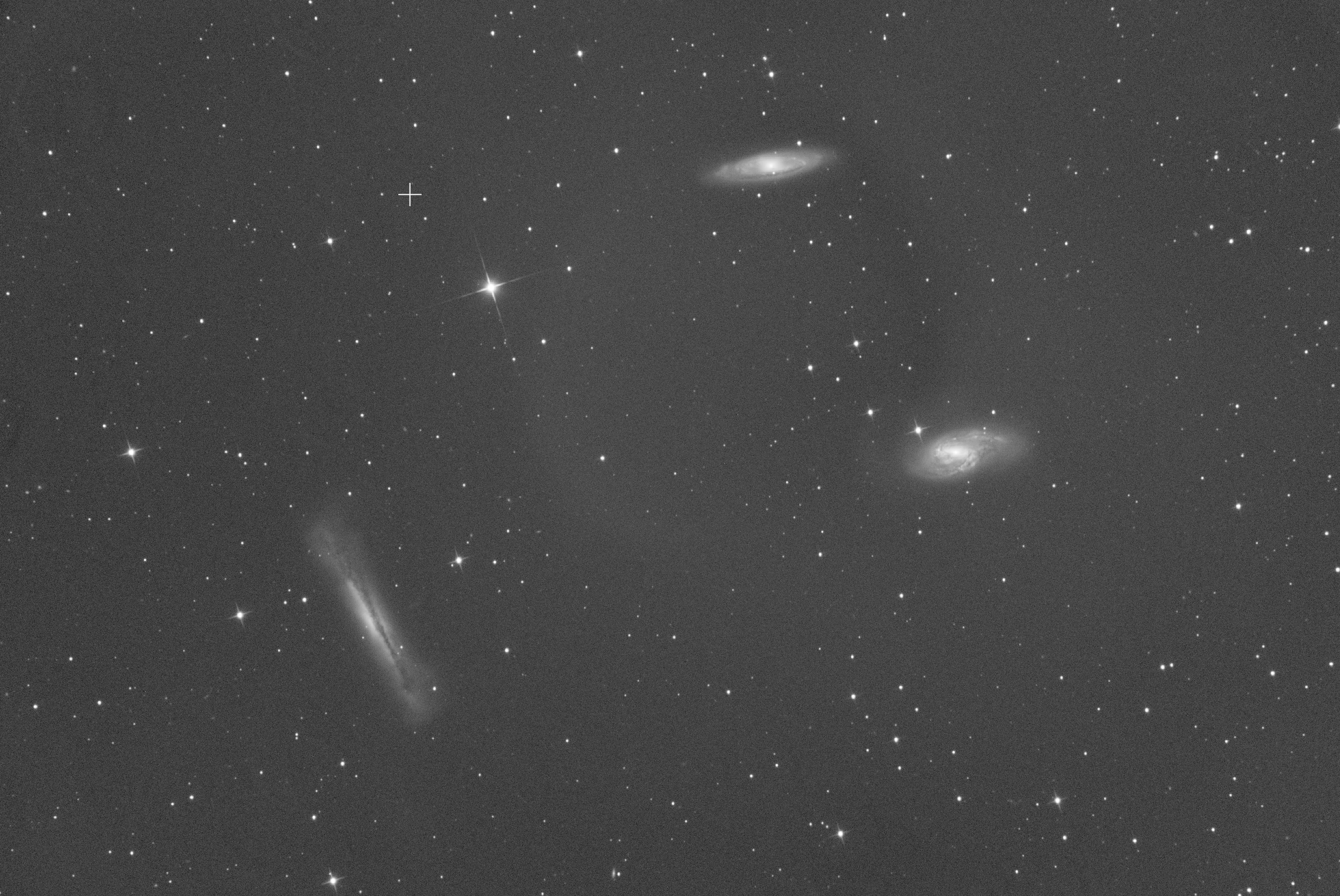
I could see this artefact in all channels. So tried turning my imaging train (camera, with filter wheel, OAG and TS-Optics Coma corrector (https://www.teleskop-express.de/en/astrophotography-and-photography-15/imaging-correctors-for-telescopes-138/ts-optics-newton-coma-corrector-1-0x-tsgpu-superflat-4-element-2-connection-6706))
Examples, when imaging train was moved.
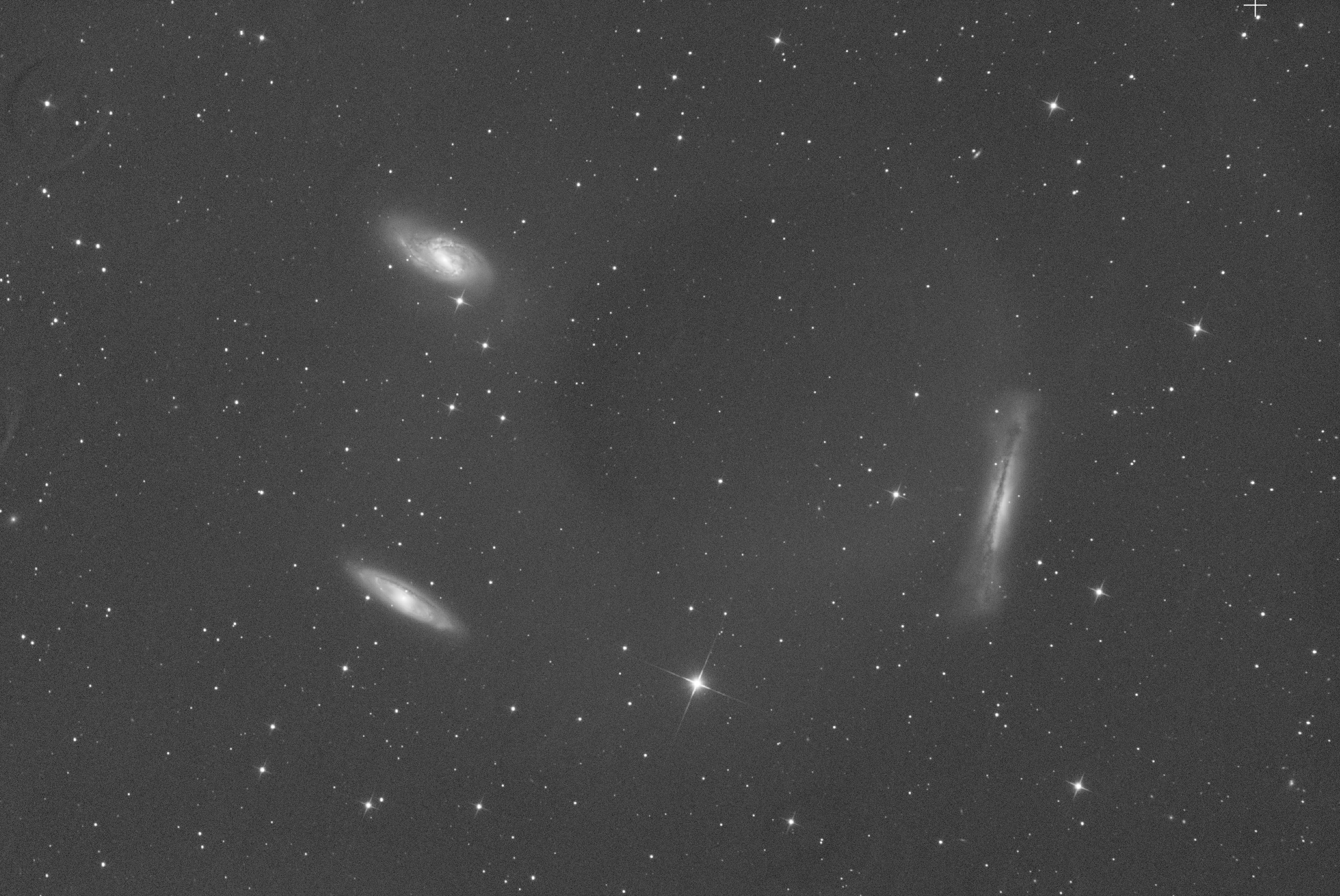
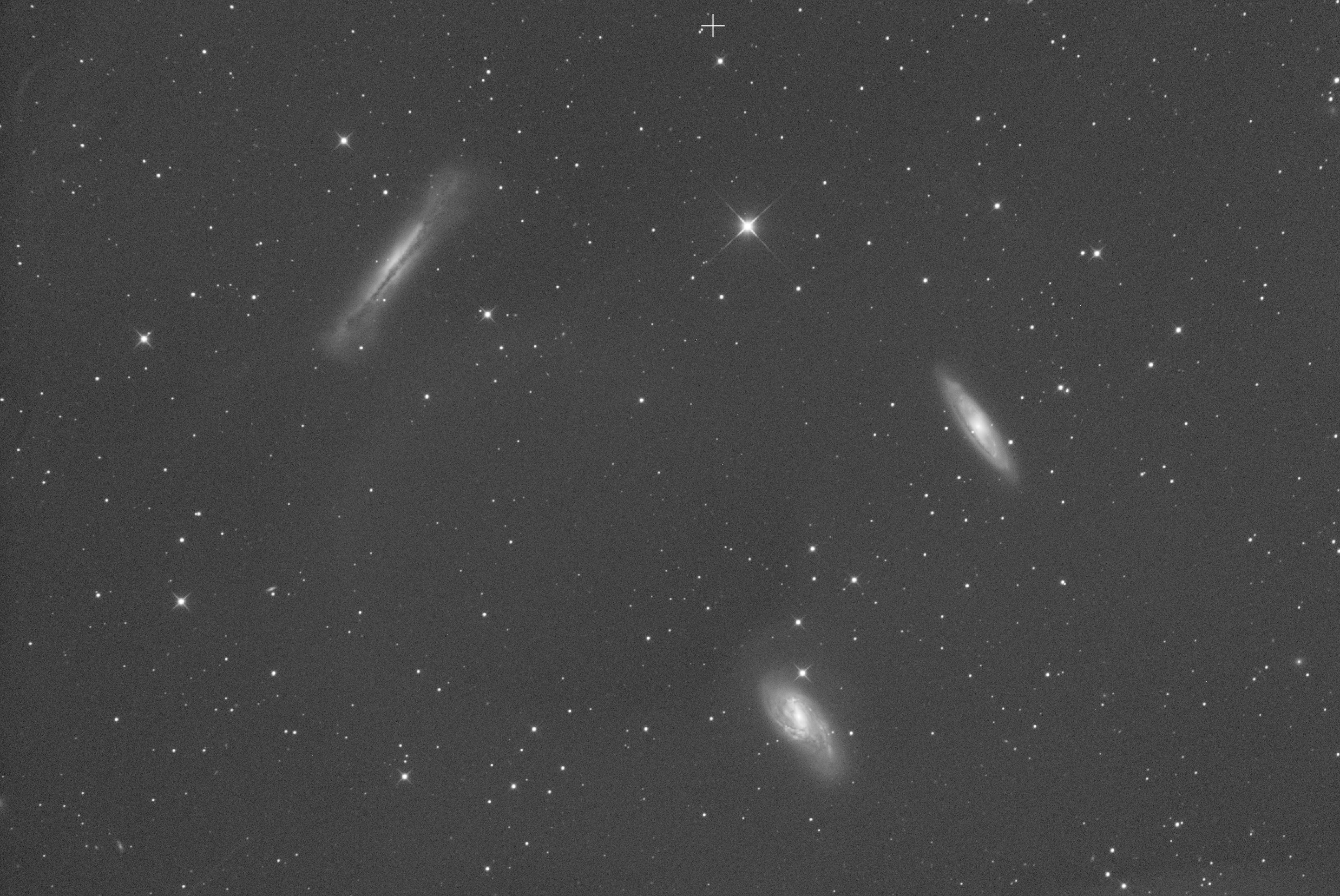
I could now see that the artefact moved with the camera, so I assumed that the issue was in my imaging train.
I then went back and double-checked the last couple of images I have done with the same setup and found the same artefact there.
For the last 3 targets, I then took 6 out 6 exposures from around the same time of the night, made 2 stacks per target, one without any calibration and one with calibrations.
Workflow for calibration is WBPP and then I use NormalizeScaleGradient for normalization before ImageIntegration.
Flats are acquired with NINA, and lightpanel from Artesky. I target around 2,5 seconds and 28.000 in the "target histogram mean" - around 1/3 through the full histogram.
In the stacks that have not been calibrated, it's pretty clear that there are big circular artefacts that I believe would be generated by the Coma Corrector.
I am now in doubt if the issue is my Coma Corrector, my flats or something entirely different.
Generally, I would expect that the flats would/should calibrate such artefact away, but obviously I am wrong in some way.
Any input/help is greatly appreciated - thank you in advance.
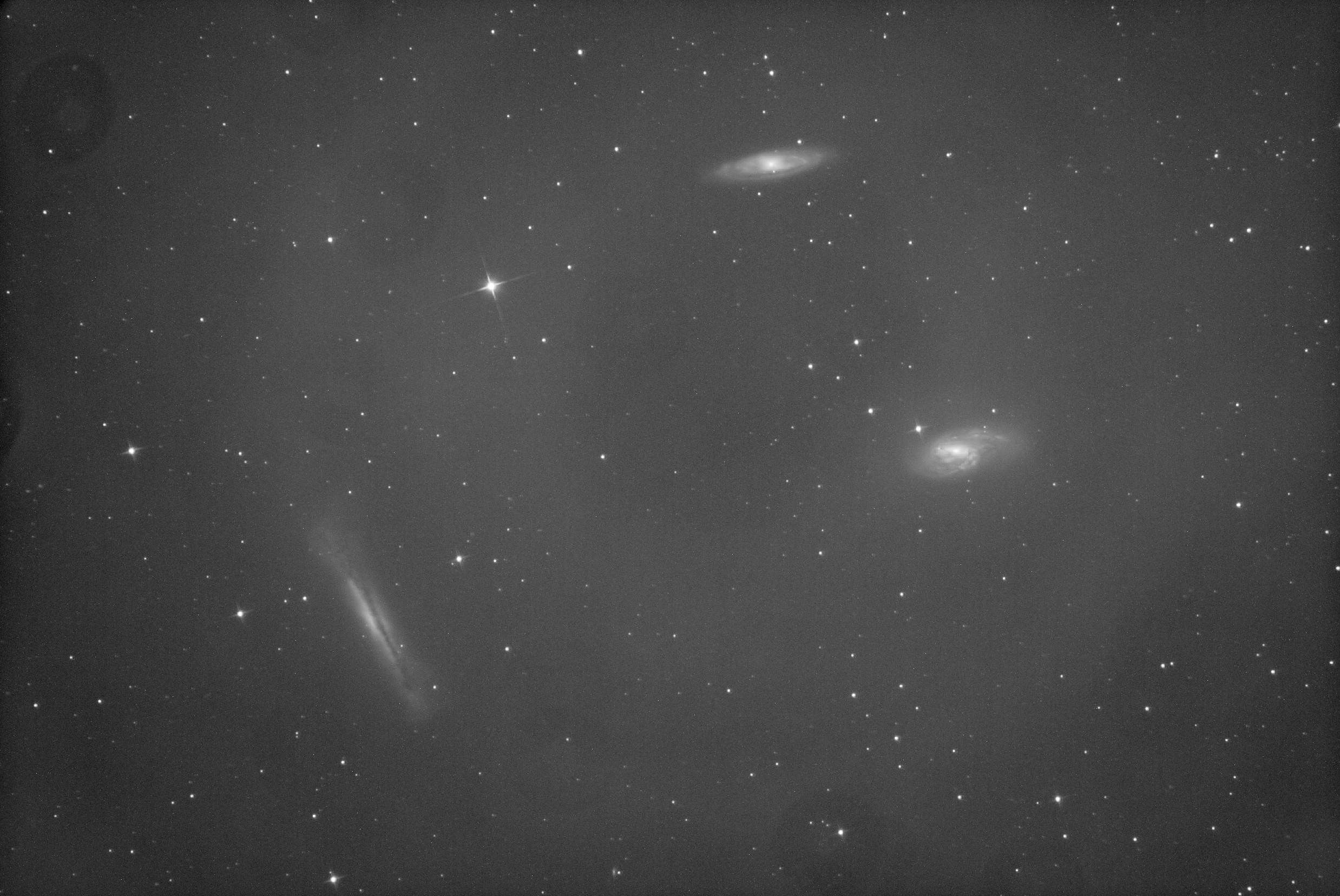
Here are examples from M81/M82. First calibrated, then not calibrated. (This example is less obvious, which I suspect is due to the brightness of the target)
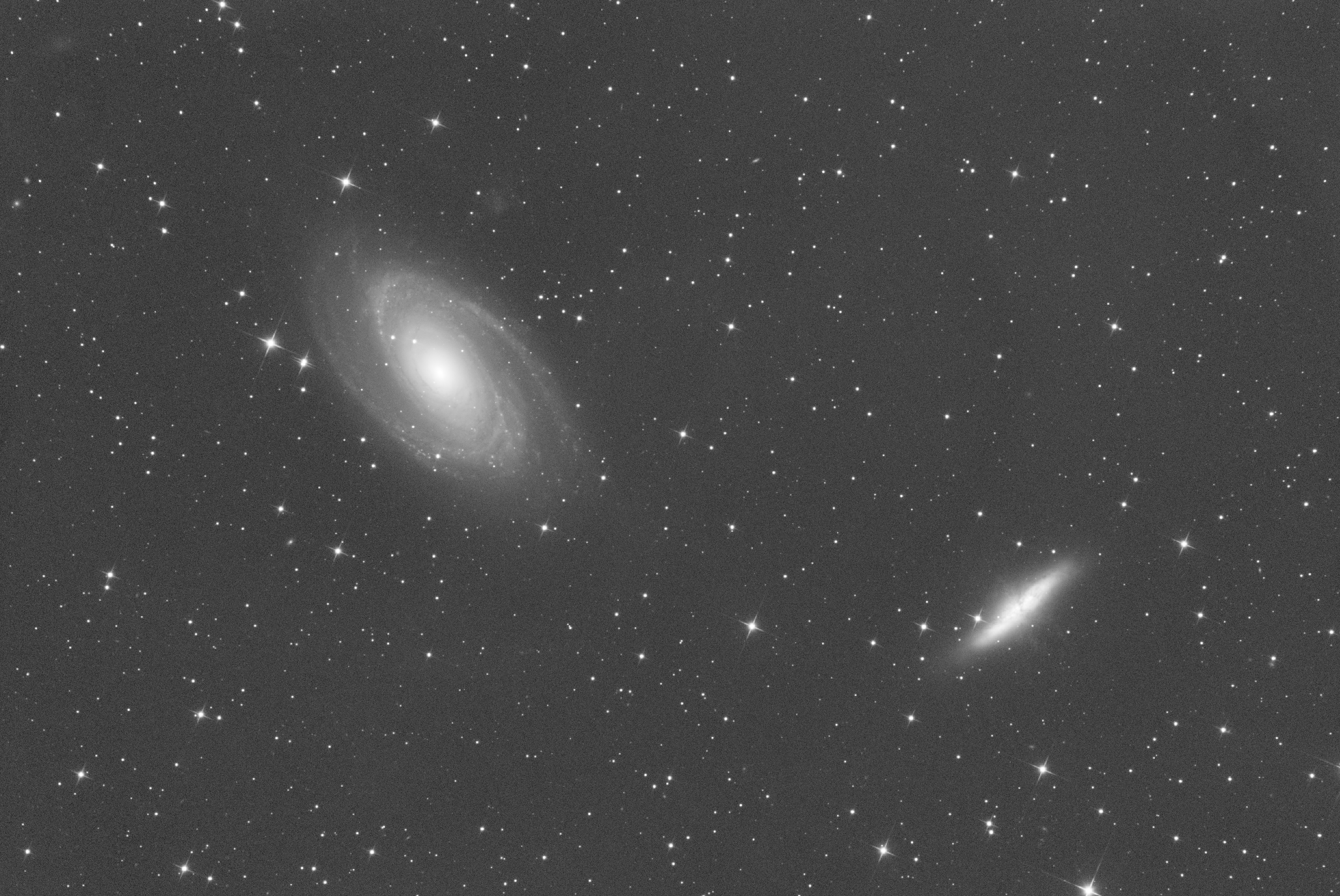
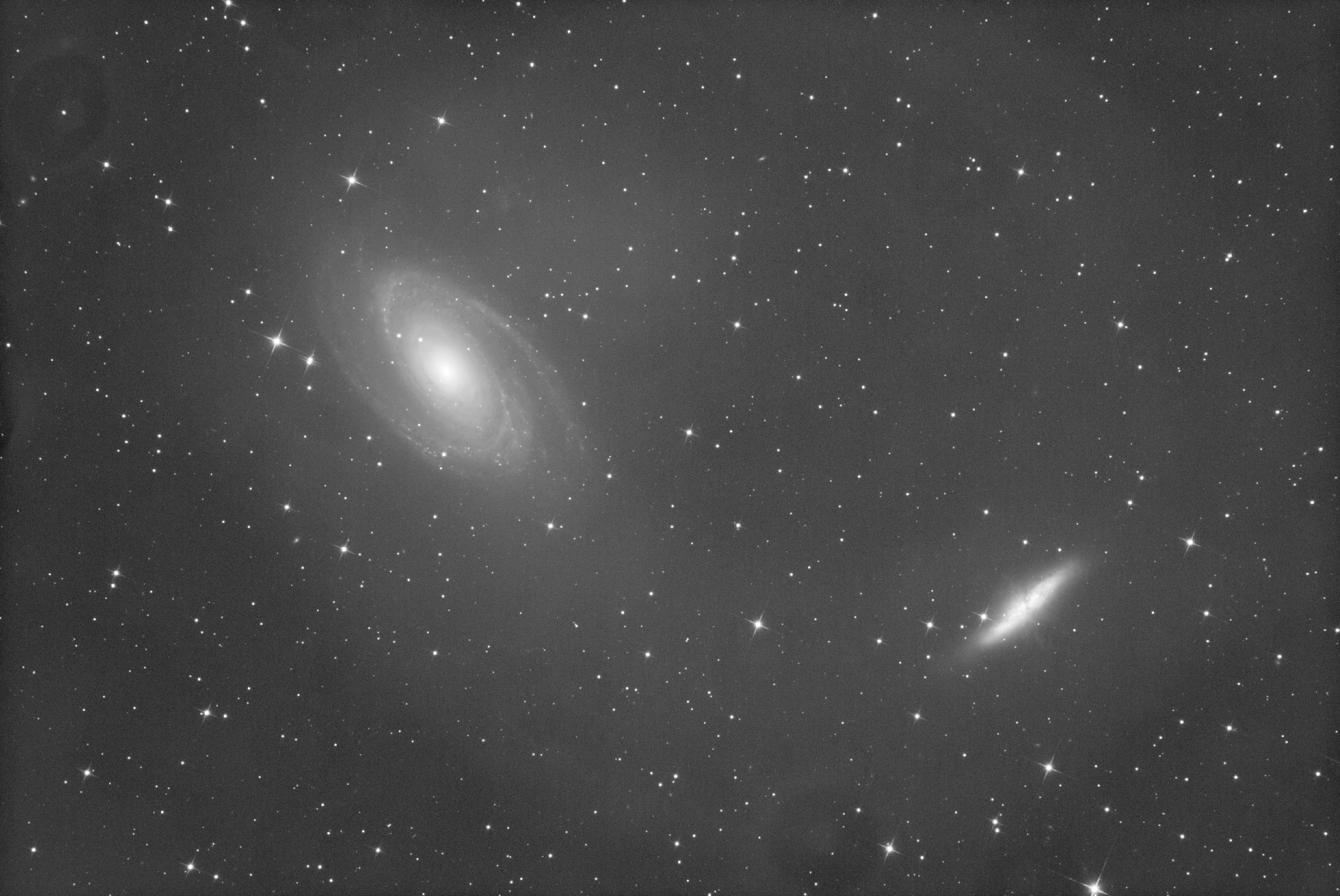
Lastly LDN1148, first calibrated, then not calibrated.
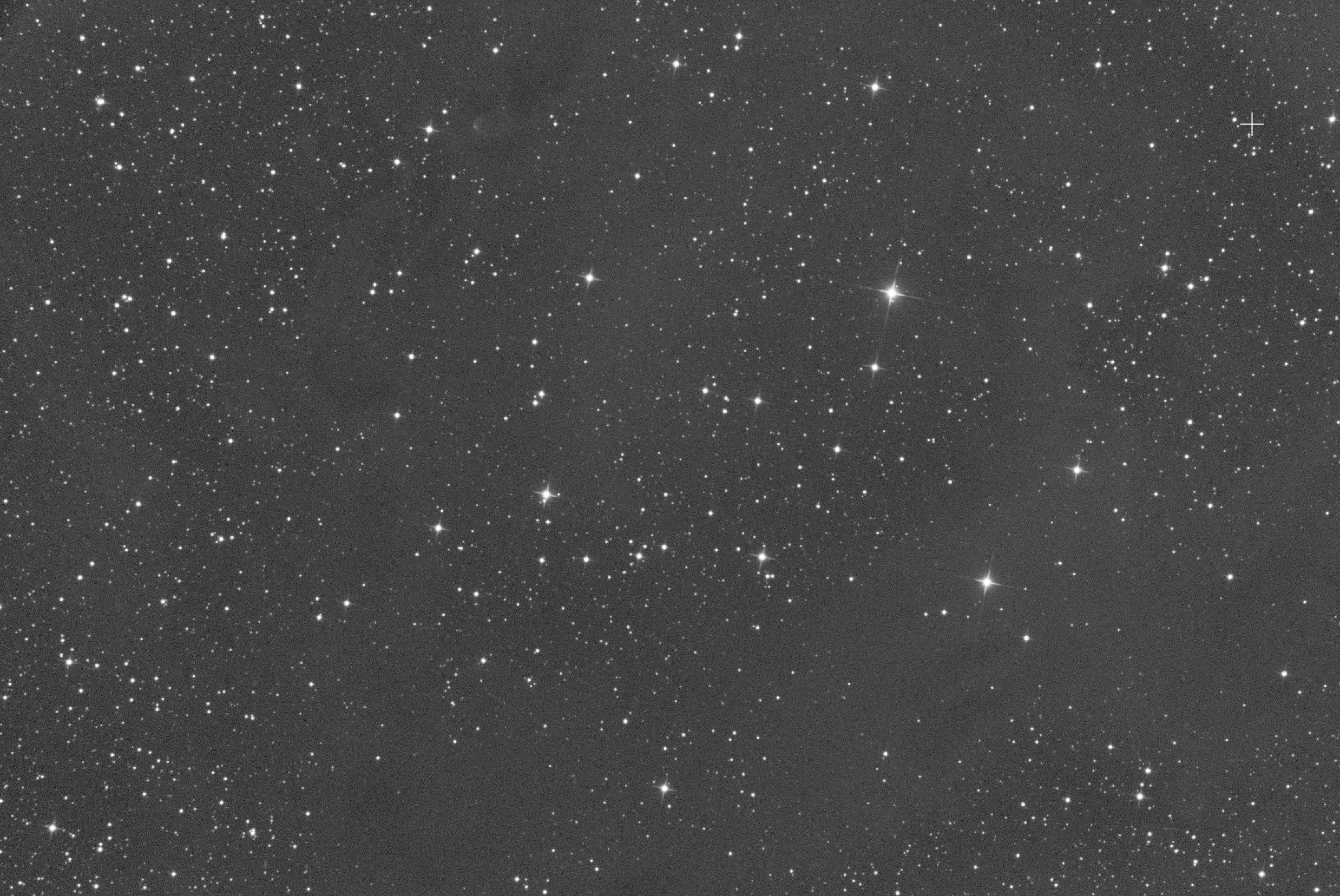
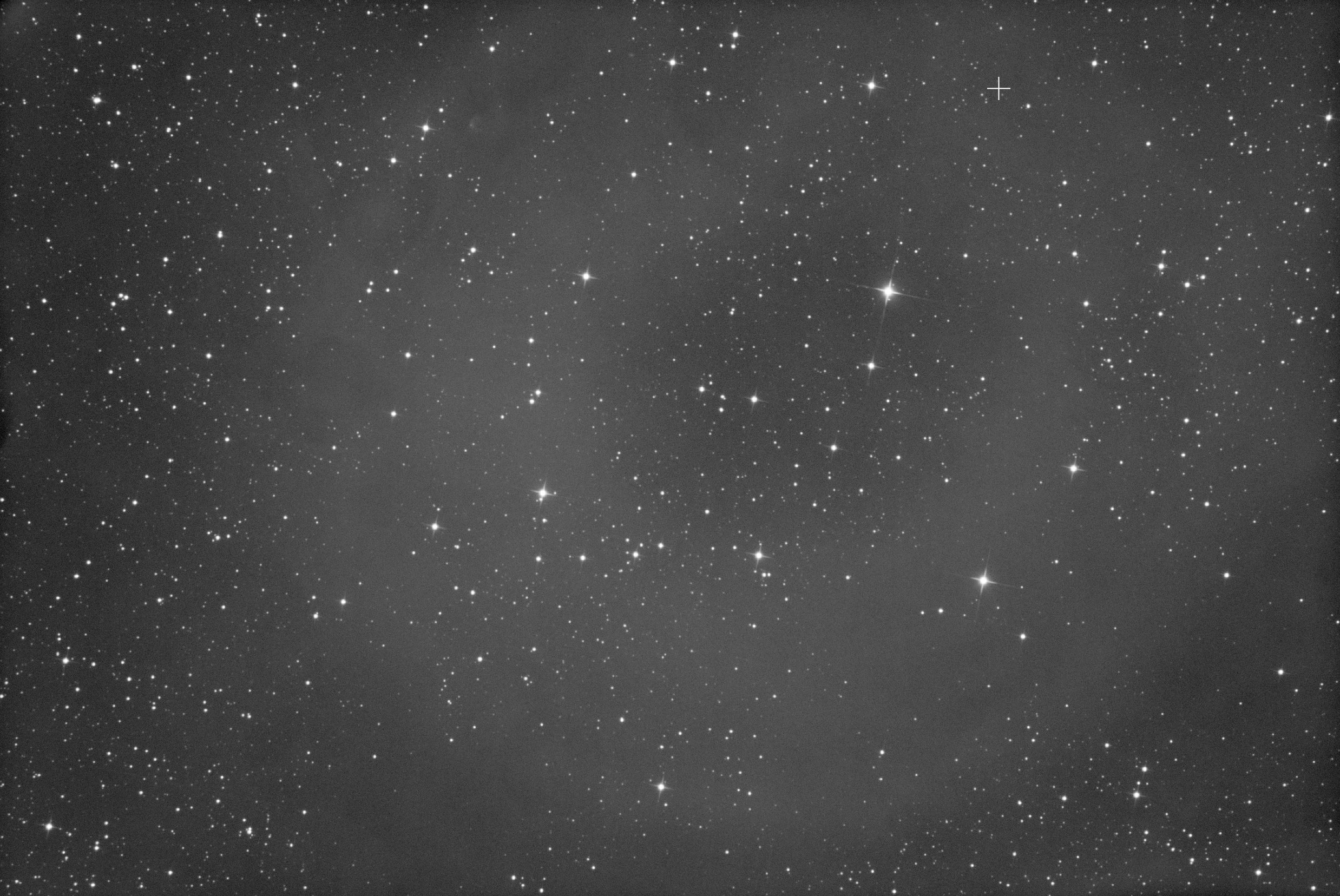
I have uploaded files here, if you want to look at the actual files:
https://drive.google.com/drive/folders/15uA7q9029i0Uk8YklYKOmxQ_uK3_XgiQ?usp=sharing

I could see this artefact in all channels. So tried turning my imaging train (camera, with filter wheel, OAG and TS-Optics Coma corrector (https://www.teleskop-express.de/en/astrophotography-and-photography-15/imaging-correctors-for-telescopes-138/ts-optics-newton-coma-corrector-1-0x-tsgpu-superflat-4-element-2-connection-6706))
Examples, when imaging train was moved.


I could now see that the artefact moved with the camera, so I assumed that the issue was in my imaging train.
I then went back and double-checked the last couple of images I have done with the same setup and found the same artefact there.
For the last 3 targets, I then took 6 out 6 exposures from around the same time of the night, made 2 stacks per target, one without any calibration and one with calibrations.
Workflow for calibration is WBPP and then I use NormalizeScaleGradient for normalization before ImageIntegration.
Flats are acquired with NINA, and lightpanel from Artesky. I target around 2,5 seconds and 28.000 in the "target histogram mean" - around 1/3 through the full histogram.
In the stacks that have not been calibrated, it's pretty clear that there are big circular artefacts that I believe would be generated by the Coma Corrector.
I am now in doubt if the issue is my Coma Corrector, my flats or something entirely different.
Generally, I would expect that the flats would/should calibrate such artefact away, but obviously I am wrong in some way.
Any input/help is greatly appreciated - thank you in advance.

Here are examples from M81/M82. First calibrated, then not calibrated. (This example is less obvious, which I suspect is due to the brightness of the target)


Lastly LDN1148, first calibrated, then not calibrated.


I have uploaded files here, if you want to look at the actual files:
https://drive.google.com/drive/folders/15uA7q9029i0Uk8YklYKOmxQ_uK3_XgiQ?usp=sharing
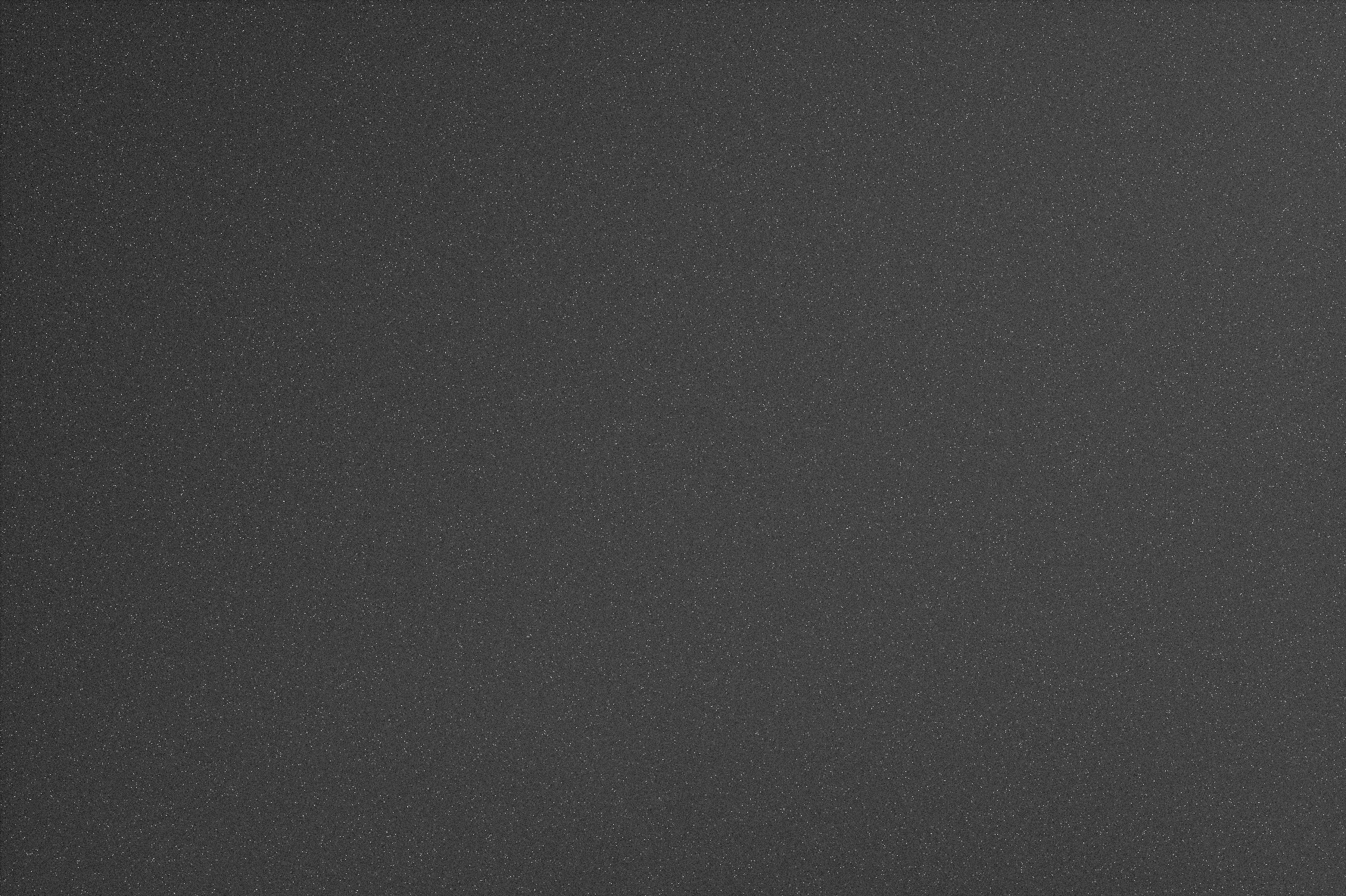
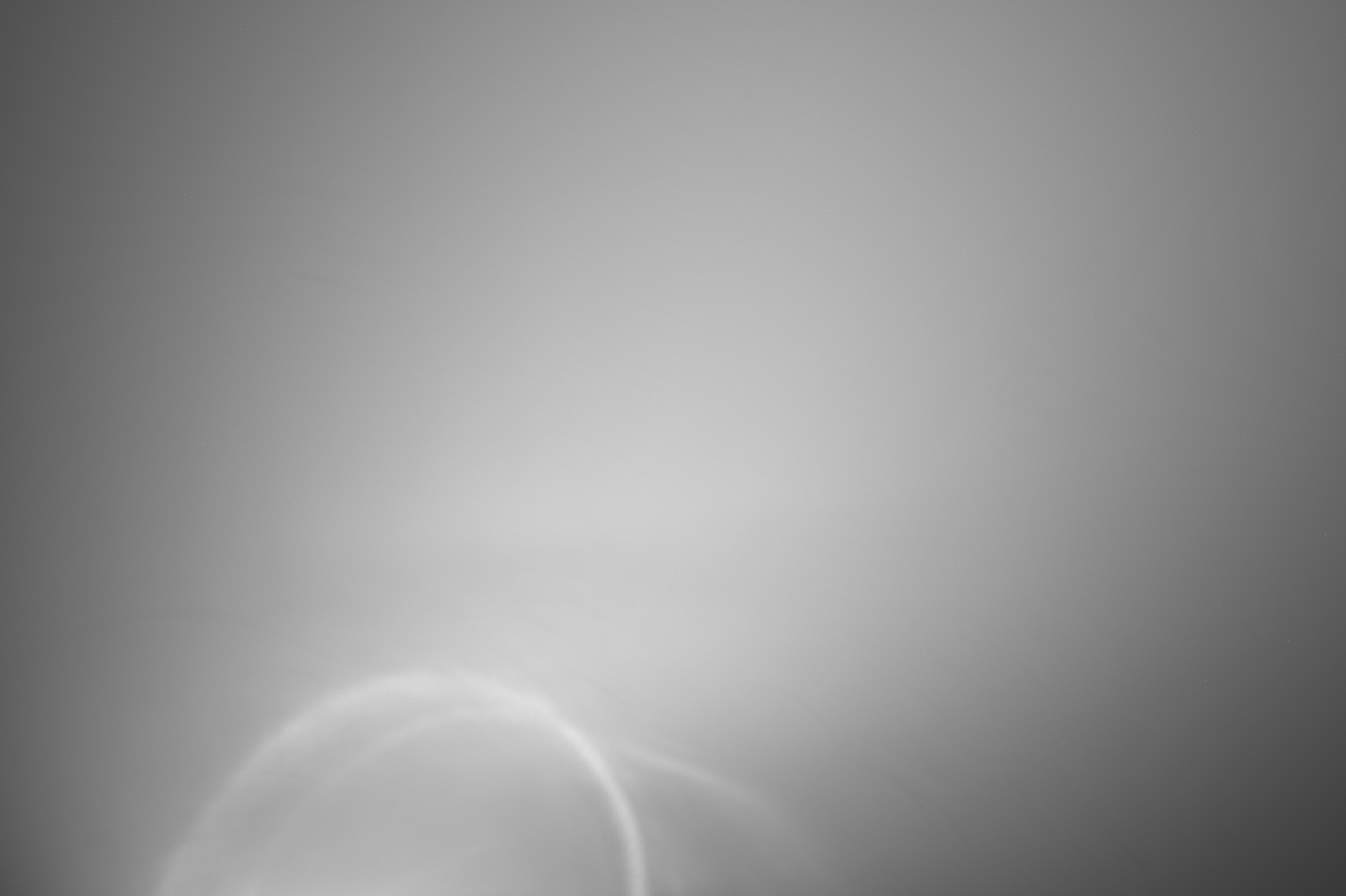
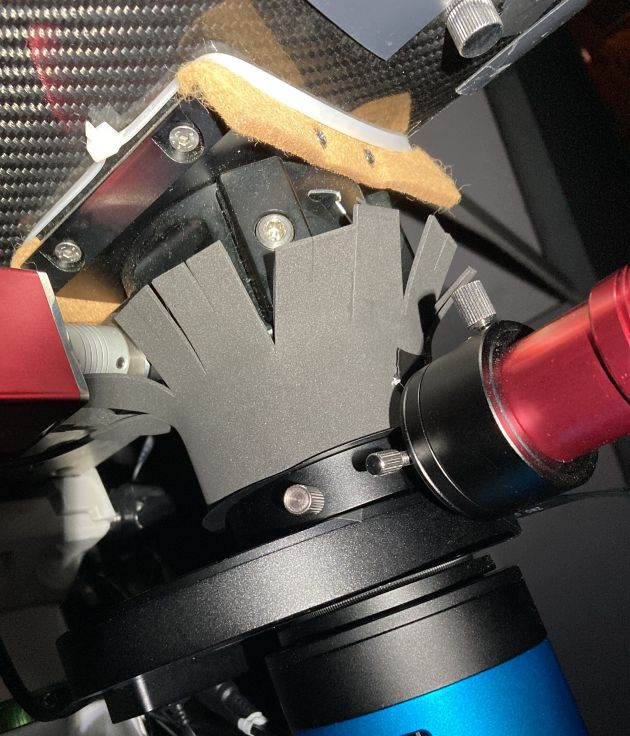
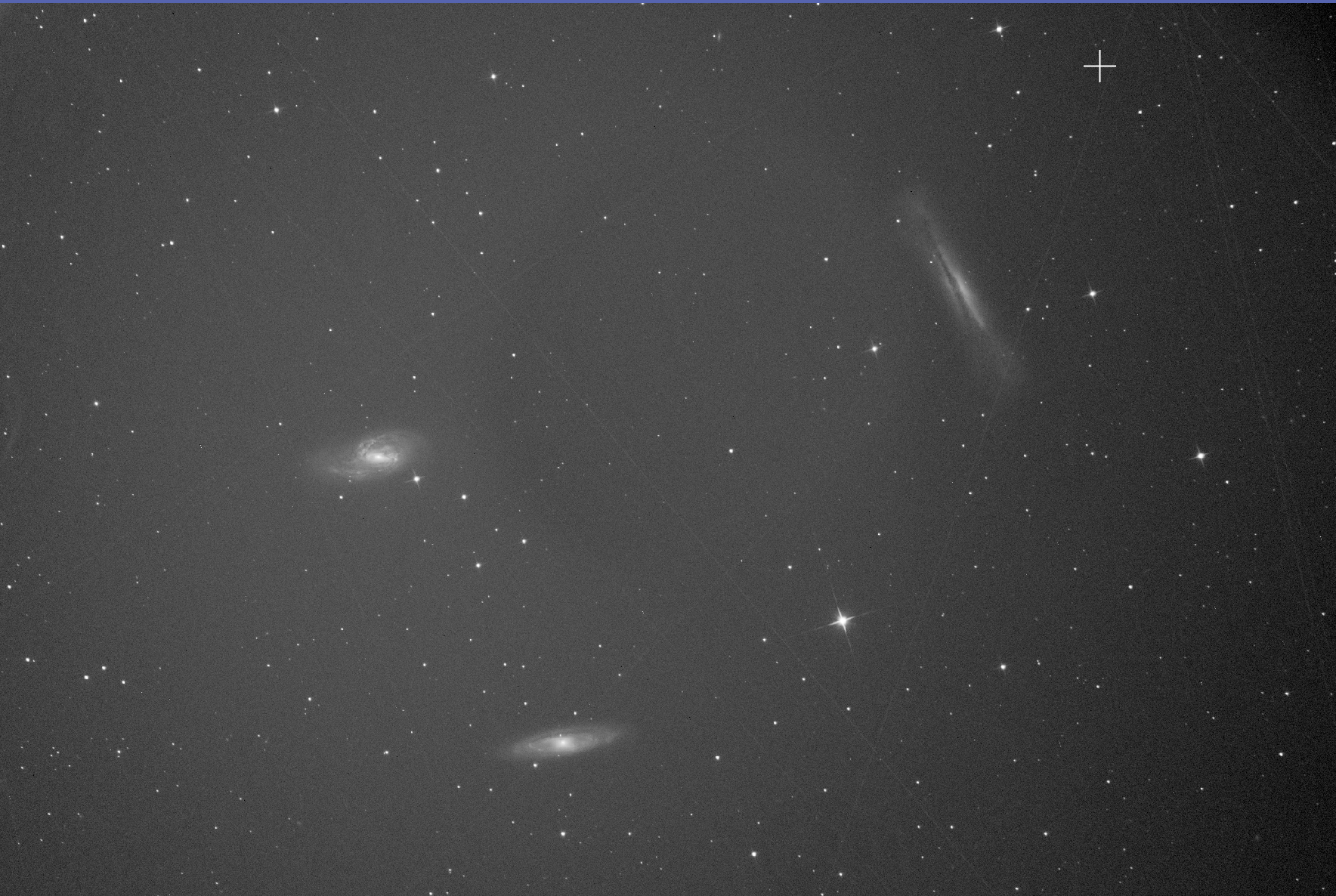
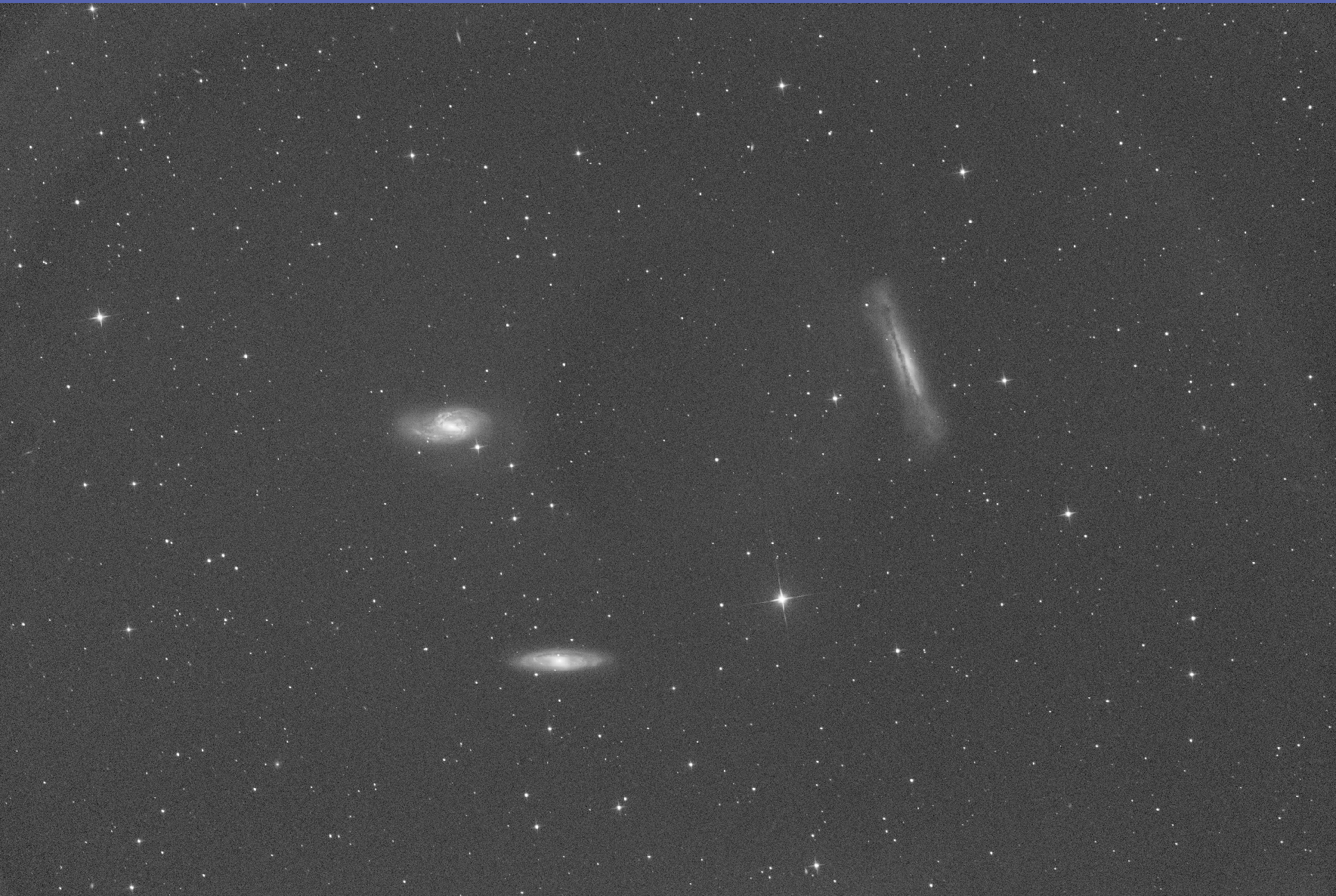
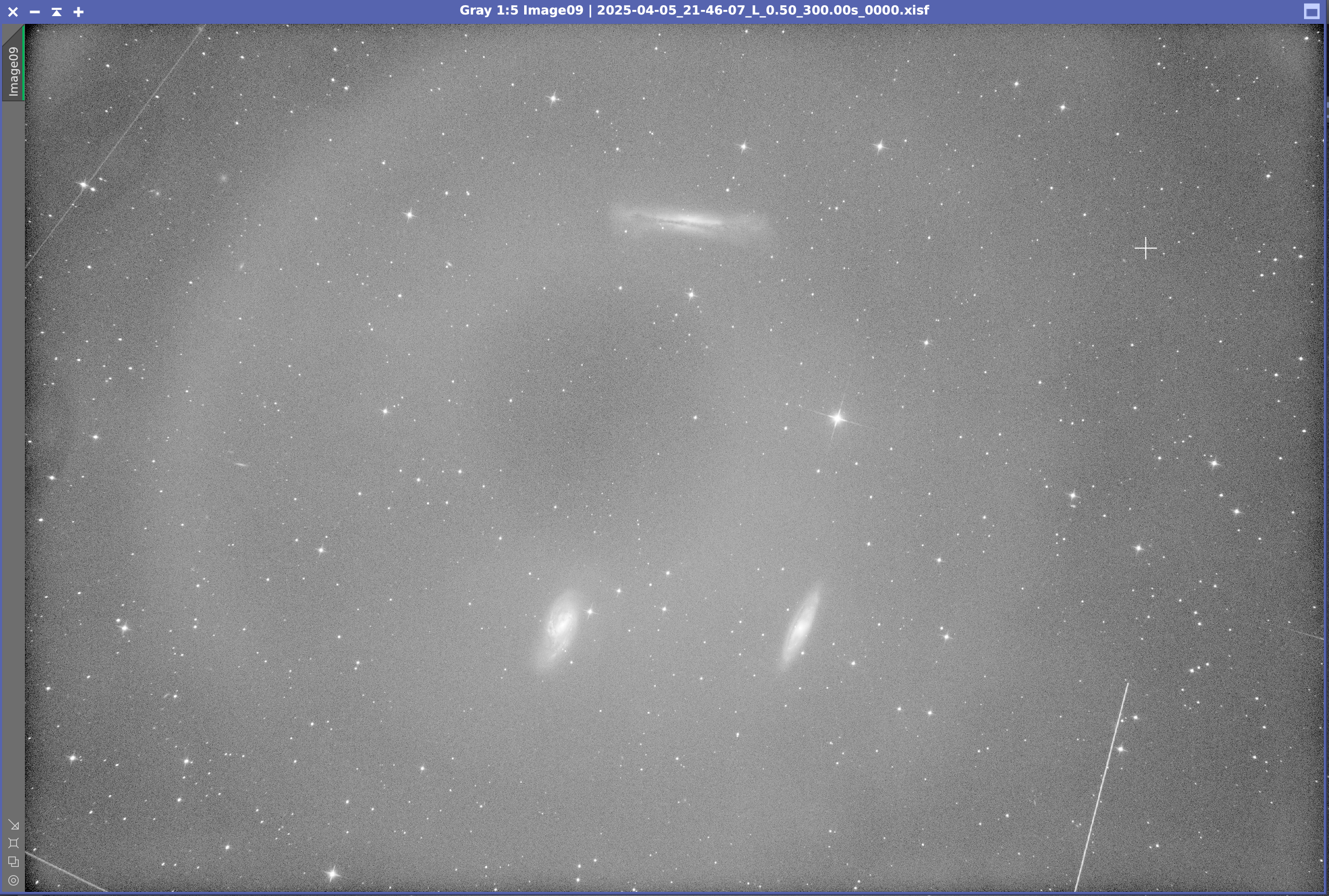
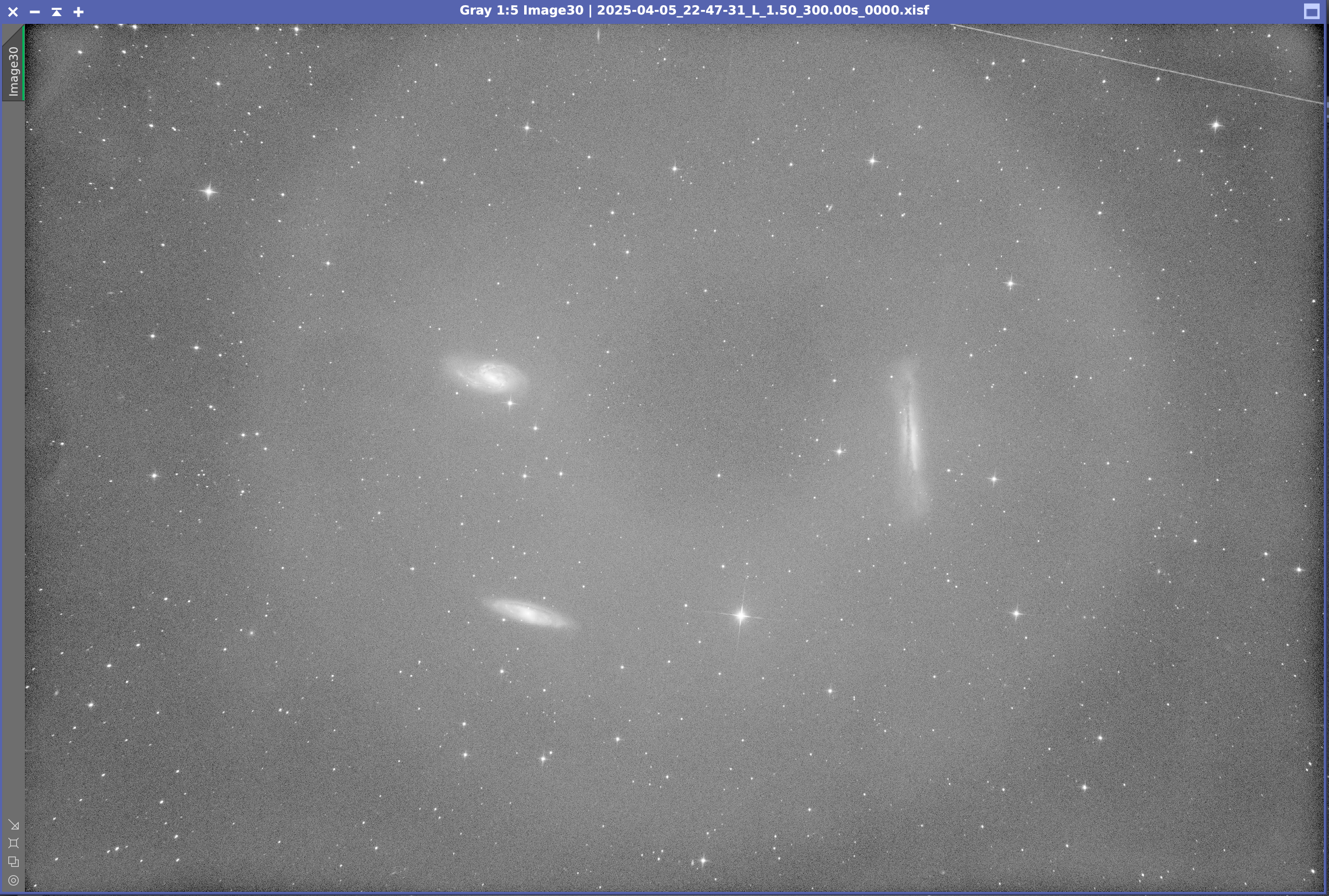
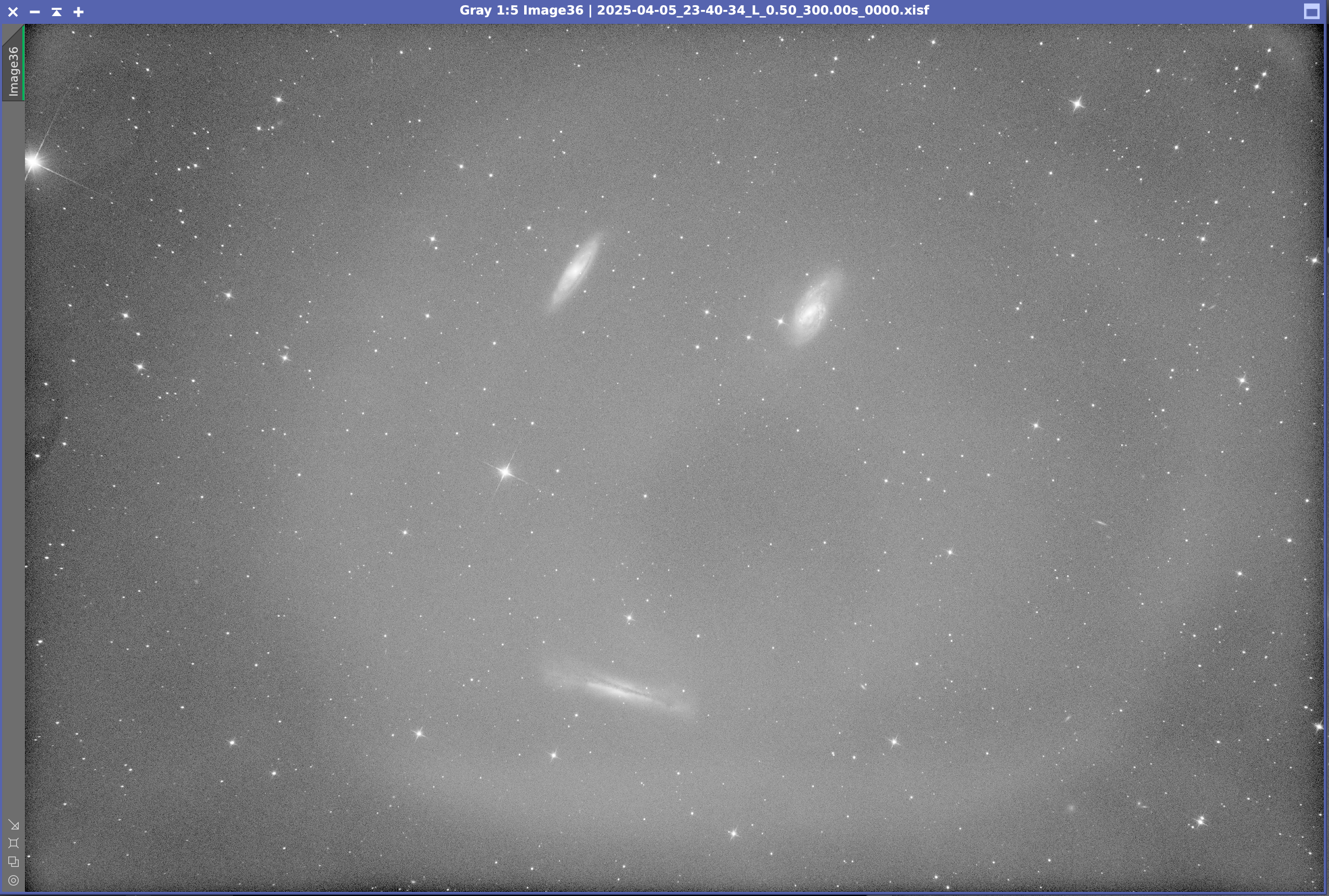
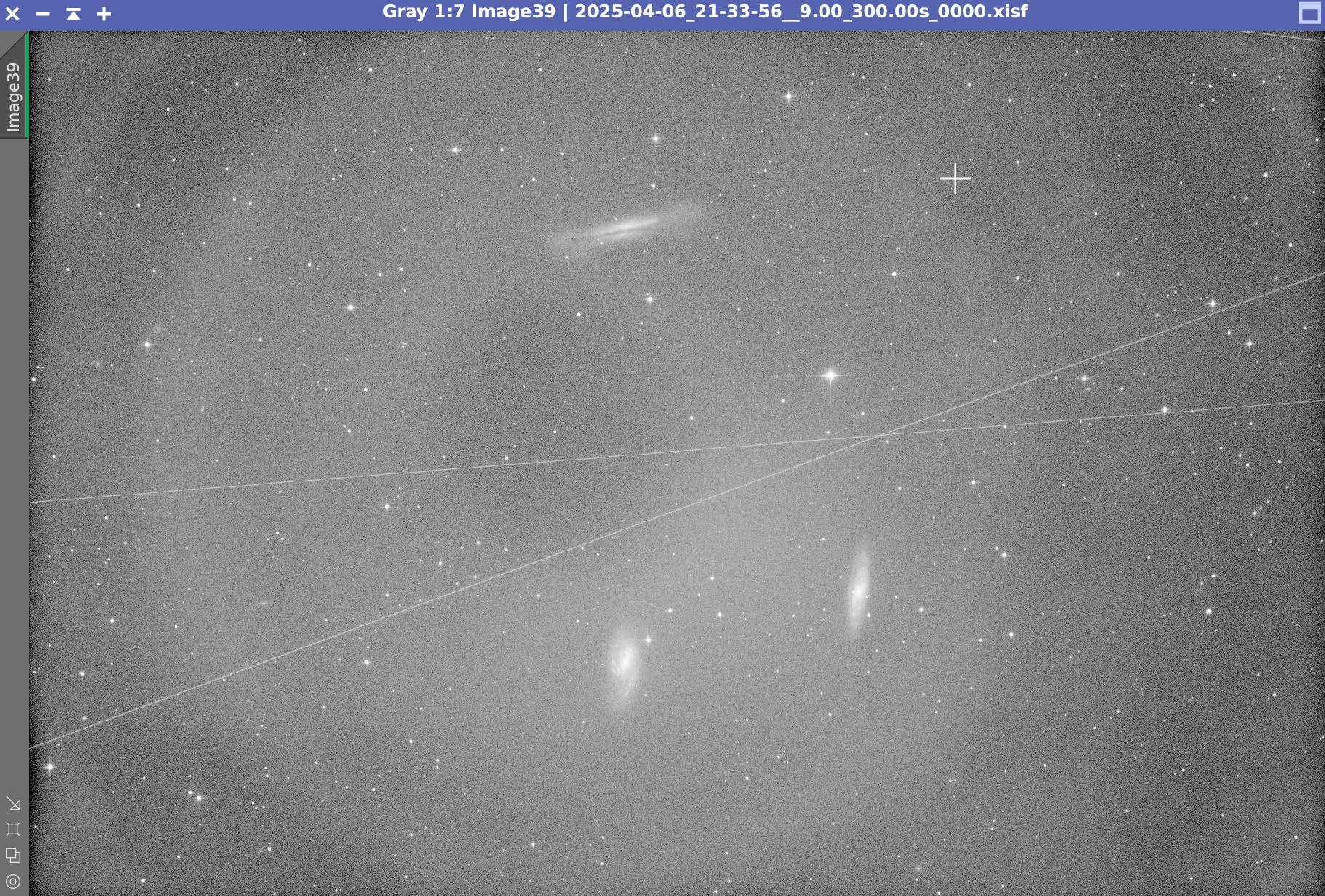
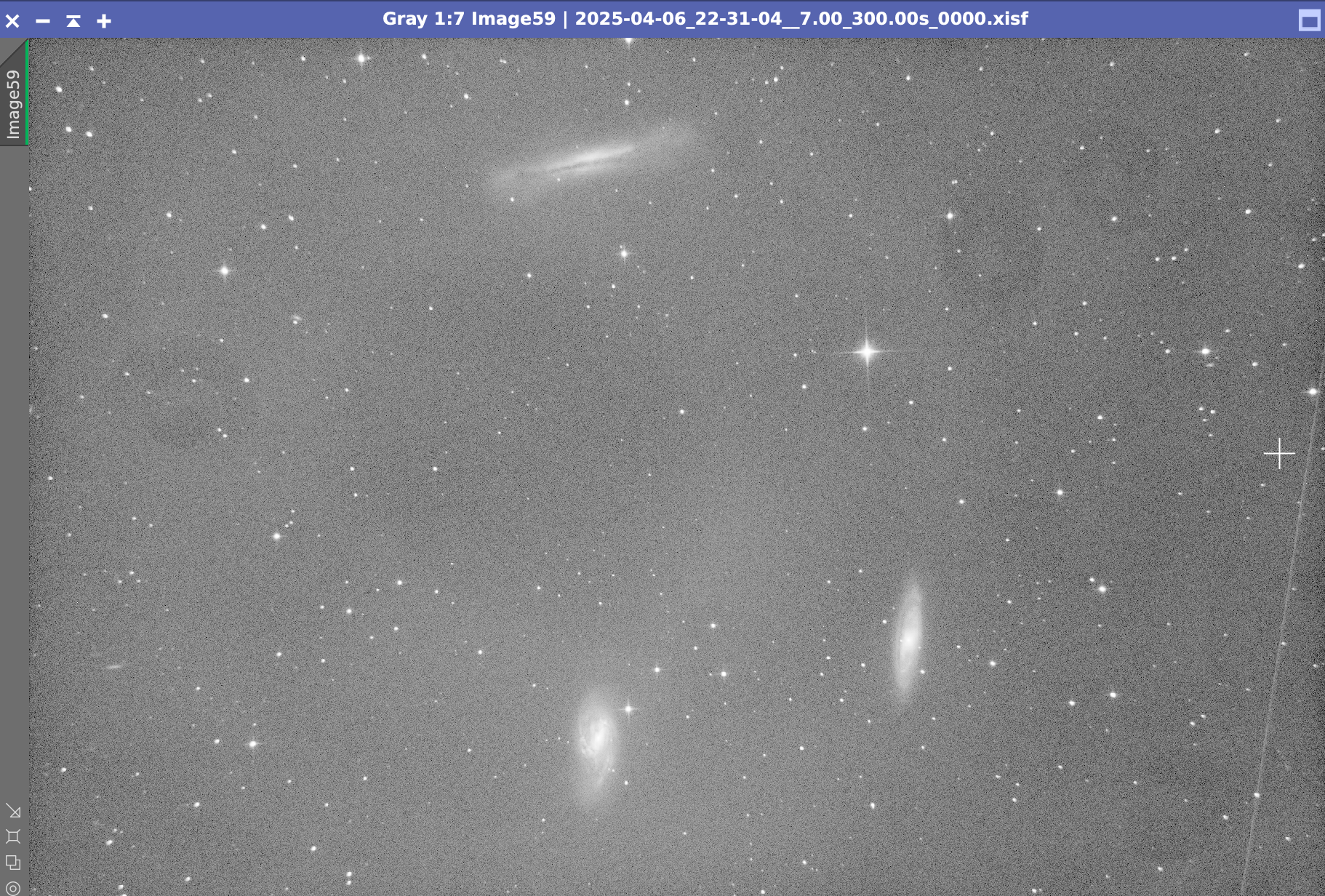 d
d